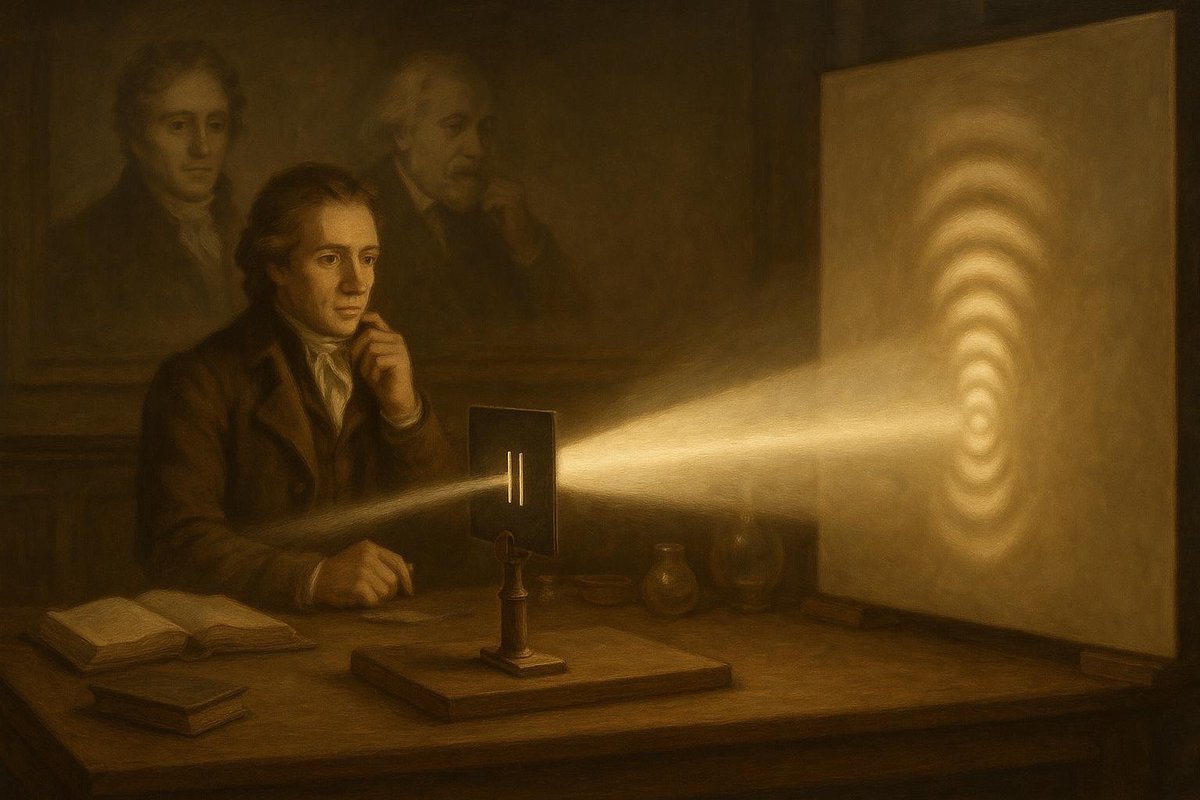
Introduction
In a world where light bathes the everyday, from the gentle sunrise to the flicker of a candle, a simple question arises: what is light, truly? The double-slit experiment, a cornerstone in quantum physics, beckons us to unravel this mystery, offering insights that challenge the very foundation of our reality. This experiment, seemingly straightforward, reveals a duality that defies our conventional wisdom, urging us to reconsider the essence of what we perceive as real.
Hypothesis & Context
The early 20th century was a time of intellectual upheaval. Scientists were beginning to grapple with phenomena that couldn’t be explained by classic physics. Many believed light behaved as a wave, gracefully gliding through space, while others argued for its particle nature.
- Isaac Newton championed the particle theory of light.
- Thomas Young’s interference experiments hinted at wave-like properties.
- Albert Einstein’s work on the photoelectric effect revived the particle debate.
Amidst this backdrop of competing ideas, the double-slit experiment emerged. It sought to address a fundamental question: is light a wave, a particle, or something else entirely? As time goes on, it’s clear that both theories had their merits, but neither told the complete story.
Setup & Method
Picture a serene laboratory, circa 1801, where Thomas Young performs his revolutionary experiment. He shines light through two closely spaced slits, projecting onto a screen. The world awaits—how will light reveal its secrets?
- Young observed an interference pattern typical of waves.
- When particles were sent through, they still created a wave pattern.
- Adding detectors changed the outcome, revealing particle behavior.
Interestingly, it’s the act of observing that alters reality’s fabric. Without observation, particles dance in wave-like harmony; with it, they freeze into distinct paths. This duality isn’t just a quirky trick—it’s a profound truth about nature.
Results & Reactions
The results were as startling as they were profound. The interference pattern suggested that particles, like light or electrons, possessed a dual nature. They could exist as waves or particles, depending on the observer’s gaze.
- Einstein remarked, “God does not play dice with the universe.”
- Niels Bohr and Werner Heisenberg developed the Copenhagen interpretation.
- The scientific community debated the implications for years.
Of course, such concepts seemed preposterous at the time. Yet, the experiment opened the doors to quantum mechanics, a realm where certainty disintegrates, and probability reigns. No wonder it captured the imagination and sparked debates still vibrant today.
Implications
What does this mean for humanity? Reality, it seems, is not as solid as we once believed. The double-slit experiment invites us to question the very fabric of our existence, urging us to look beyond the veil of perception.
- Does observation create reality?
- Can consciousness influence matter?
- How do we reconcile these findings with everyday experiences?
These inquiries are not merely academic. They touch the heart of philosophical debates about the nature of truth and existence. As we delve deeper into the quantum world, we uncover layers of complexity that redefine reality itself, challenging us to perceive the universe through a lens of wonder and inquiry.
Fuel Someone Else’s Curiosity
As you ponder these enigmatic findings, why not share this journey with others? Invite friends and fellow thinkers to explore what light and particles teach us about the universe. Engage in conversations that stretch our understanding, or simply marvel at the beauty of the unknown. Sharing knowledge is, after all, an adventure in itself.

Leave a Reply